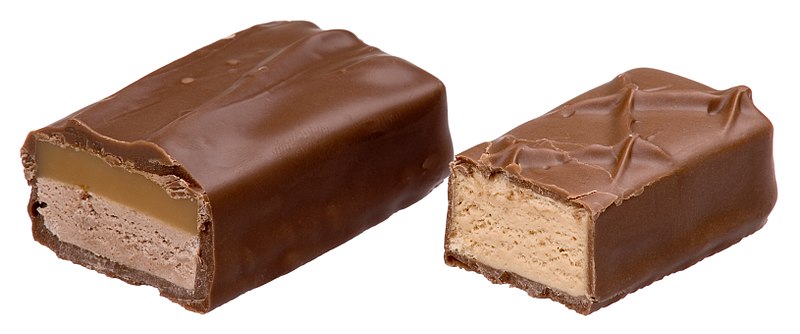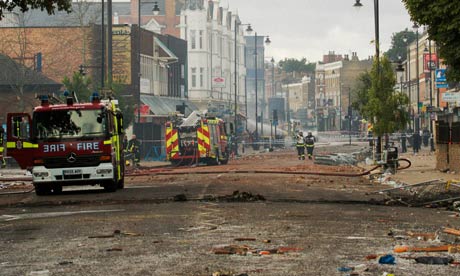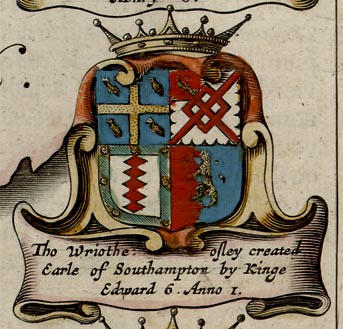Indeed, what color is the dust that is not near bright stars in the Milky Way? Is it brown? And if so, why is it brown?I have always wondered why the dust reflects so well the blue light near a bright star, but when reflecting the collective light of all the stars (e.g., the parts of the nebula not near the bright star) it looks brown. Does that say that the ambient starlight in general has little blue in it because it has already filtered through much dust? Certainly the Milky Way looks yellowish overall...
Take a look at this image by Rogelio Bernal Andreo:
You can see M81 near the center of the image, and M82 to the right of it. NGC 3077 is to the upper left of M81, and NGC 2976 is at lower left. Please note, however, the billowing "veils" of beige-colored nebulosity. This is the so-called "Integrated Flux Nebula".
Steve Mandel, who has coined the phrase "integrated flux nebula" defines it like this:
I will refer to the integrted flux nebula as the IFN.Integrated Flux Nebulae is the term I've coined to describe high galactic latitude nebulae that are illuminated not by a single star (as most nebula in the plane of the Galaxy are) but by the energy from the integrated flux of all the stars in the Milky Way.
If the IFN reflects the light from all the stars in the Milky Way, then we must say that the Milky Way is quite yellowish. We may compare the color of the IFN with the color of the spiral arms of M81, and we can see that the spiral arms of M81 are much bluer than the IFN. The disk of M82 is also noticeably bluer that the Milky Way's high-latitude clouds. The disk of NGC 2976 is also bluer than the IFN. Only NGC 3077 (and the bulge of M81) look yellower than our own galaxy's beige-colored clouds.
Let's repeat why galaxies are blue, and why they are red.


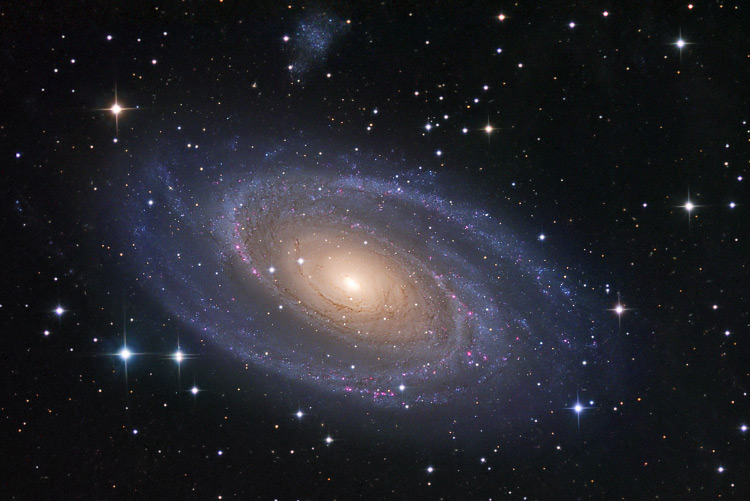
What about M81? It is not as dusty as M82, and we can see many young blue star clusters and pink star formation regions in its spiral arms. The arms of M81 are indeed blue, which is why they looked so blue in Rogelio Bernal Andreo's image of M81, M82 and the integrated flux nebula.
But what about the overall, integrated B-V index of M81? It is 0.93. That is almost exactly as red as the color index of M87! How can that be possible? Well, the yellow bulge of M81 is very large, very bright and very dominant, much more so than we can see in this image. Most modern astrophotography emphasizes the outer blue regions of galaxies like M81, which is why we tend to think that the blue arms are brighter than they really are.Yes, there is a lot of star formation in M81 - but there are more old yellow stars in M81 than we can imagine. (And there is a bit of dust there, too, which causes reddening.)

What about our neighbour, the Andromeda galaxy? Many pictures of M31, like this one, emphasize this galaxy's blue outer arms.
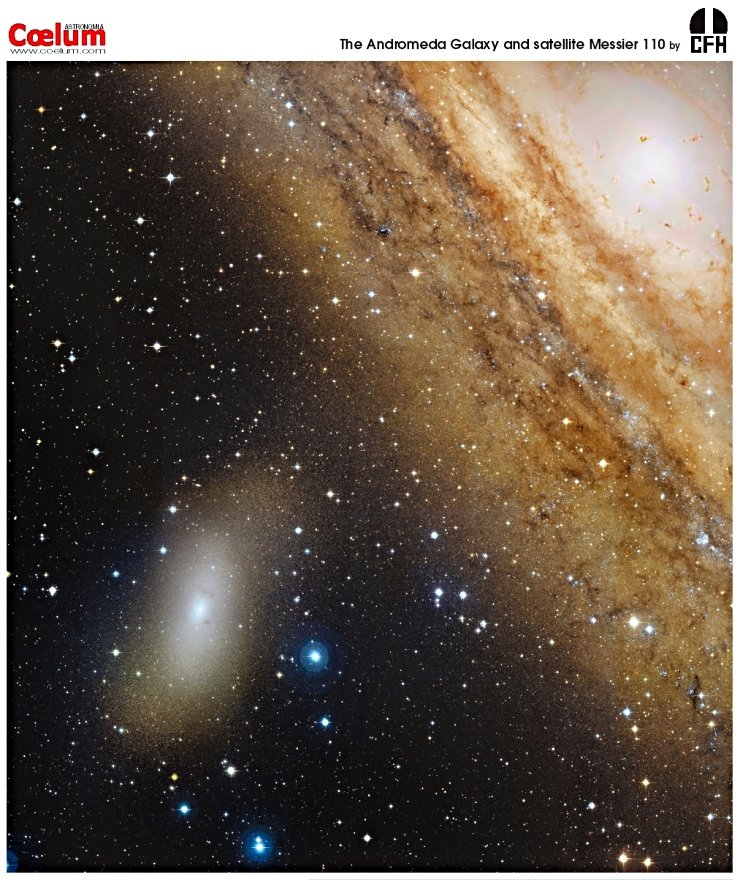
But this image, taken by Jean-Charles Cuillandre and the Canada-France-Hawaii Telescope, emphasizes the brown dust of the arms of the Andromeda Galaxy rather than its young blue clusters, even though they are visible here, too.
So what about the B-V index of M31, the Andromeda Galaxy? It is 0.92, very similar to M81 and M87. The Andromeda galaxy definitely has a lot of star formation, but above all it has a large, bright, yellow bulge.
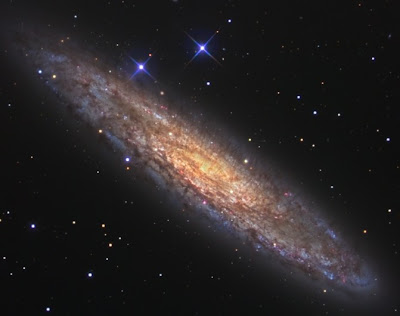
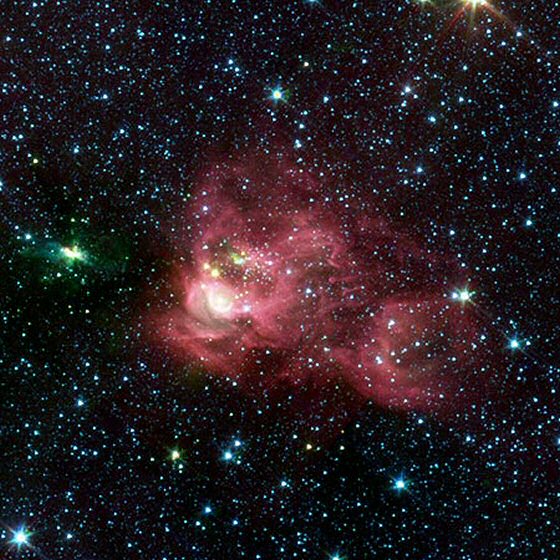
Personally I doubt that the Milky Way is as dusty as NGC 253. I'm convinced that its yellow bulge is not as large as the bulge of the Andromeda galaxy. Astronomers searching the midplane of the Milky Way with infrared telescopes have found a lot of star formation there, so I don't think our galaxy has a shortage of star formation.
But it could be, nevertheless, that our galaxy is more dominated by its yellow bulge than we think it is. Perhaps the beige-colored Integrated Flux Nebula really says something important about the overall color of the Milky Way.
Finally, if the B-V index of the Milky Way really is 0.85, does that make our galaxy "typical" when it comes to spiral galaxies? Actually, I don't think so, although admittedly it depends on what you compare it with. But many well-known galaxies are somewhat bluer or a lot bluer than the value I've been comparing everything with, 0.85. M33, M51, M61, M63, M66, M74, M83, M88, M90, M94, M95, M98, M99, M100, M101: they all have bluer color indexes than 0.85. I don't think 0.85 is really "typical" for spiral galaxies, but instead I think it is a bit red.
Perhaps our galaxy is a bit "quiet" when it comes to star formation, just as it is quiet when it comes to its black hole.
Ann


